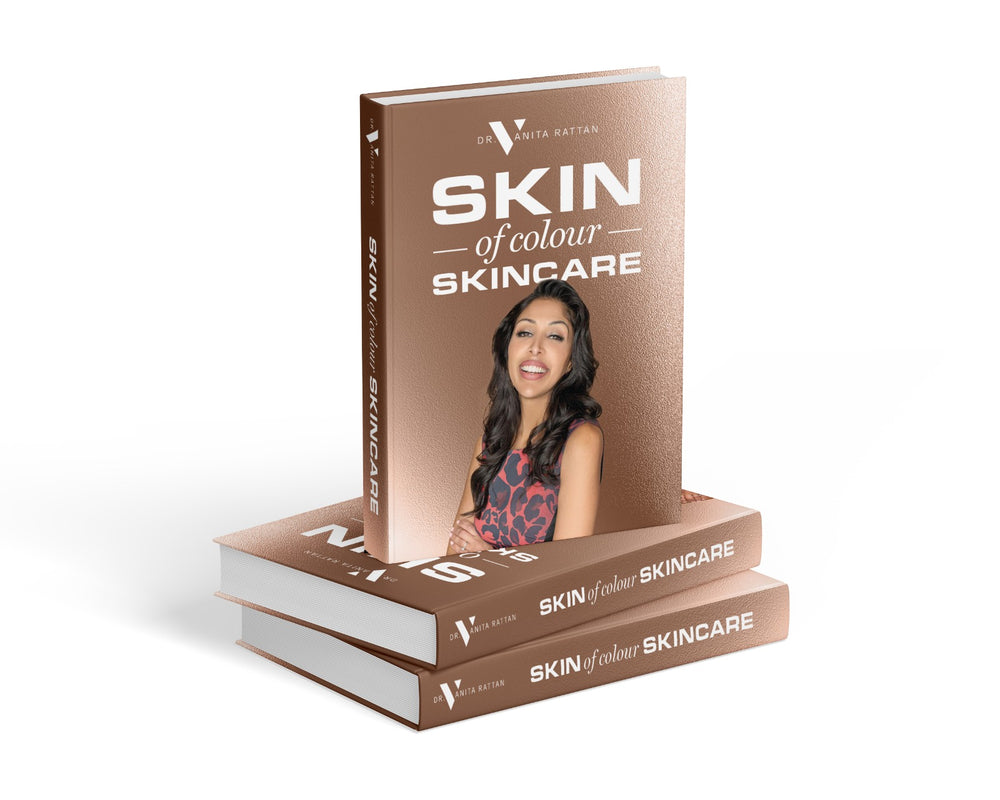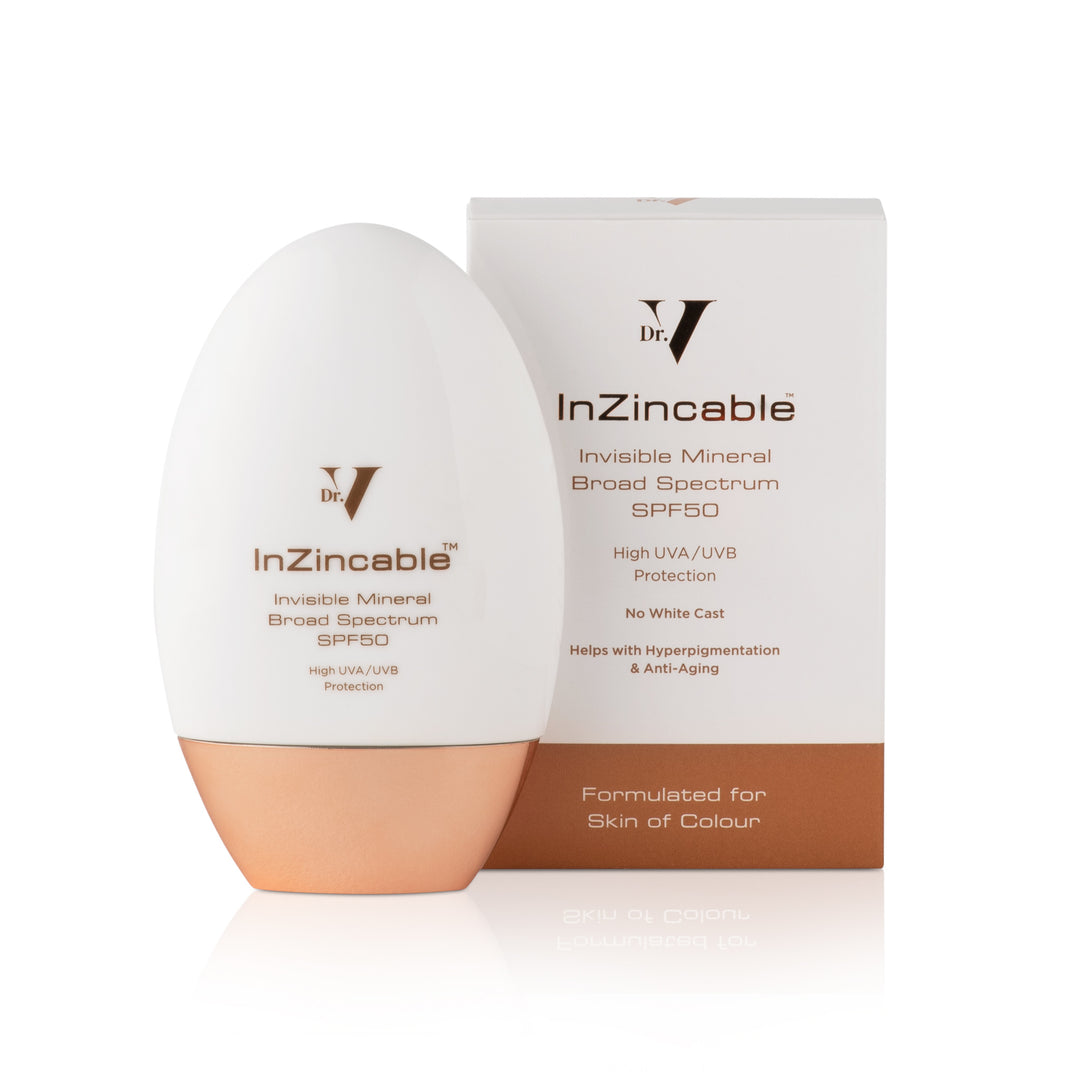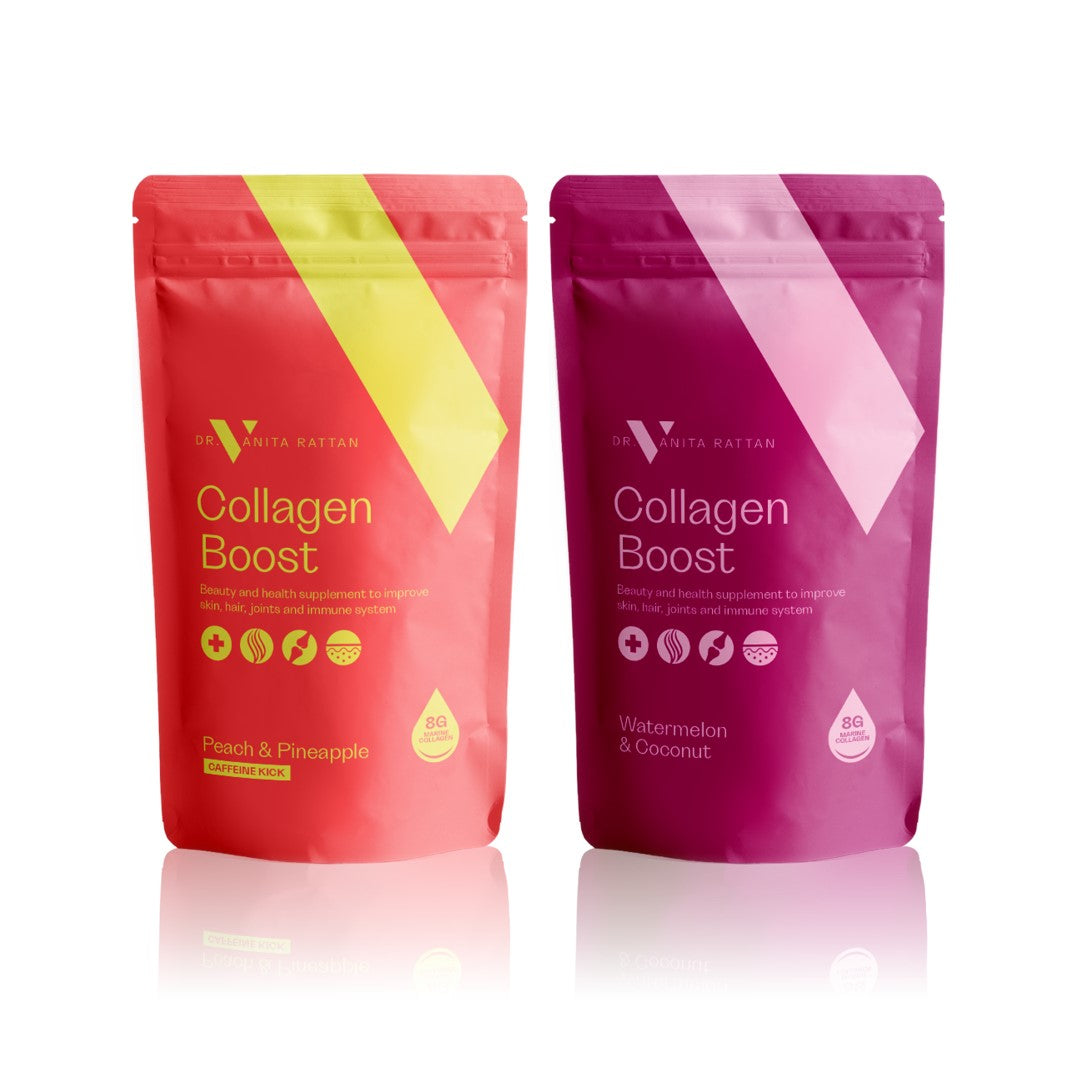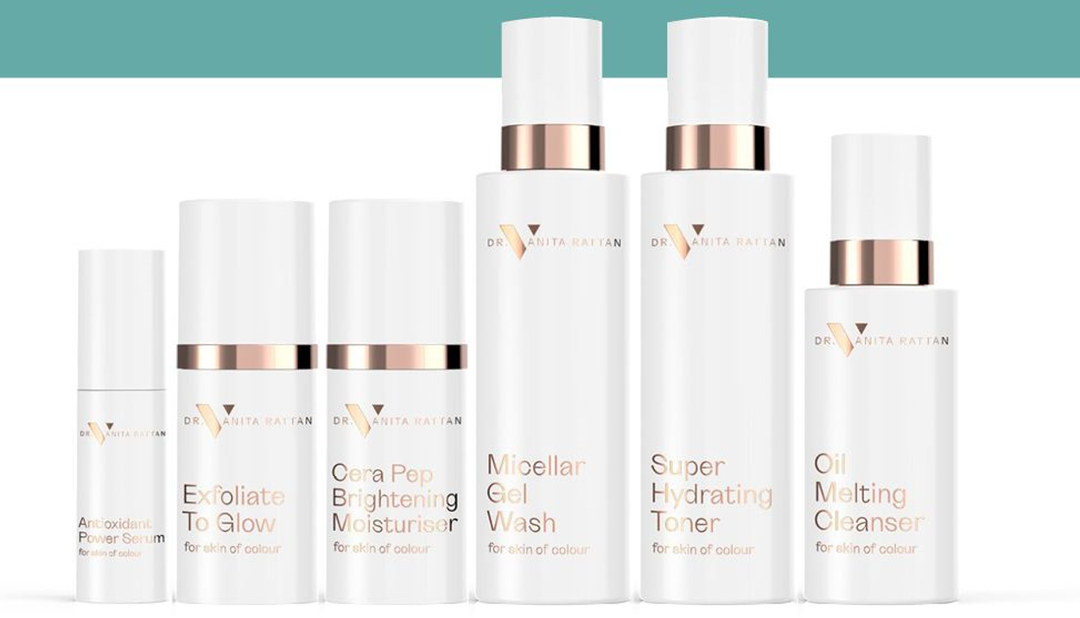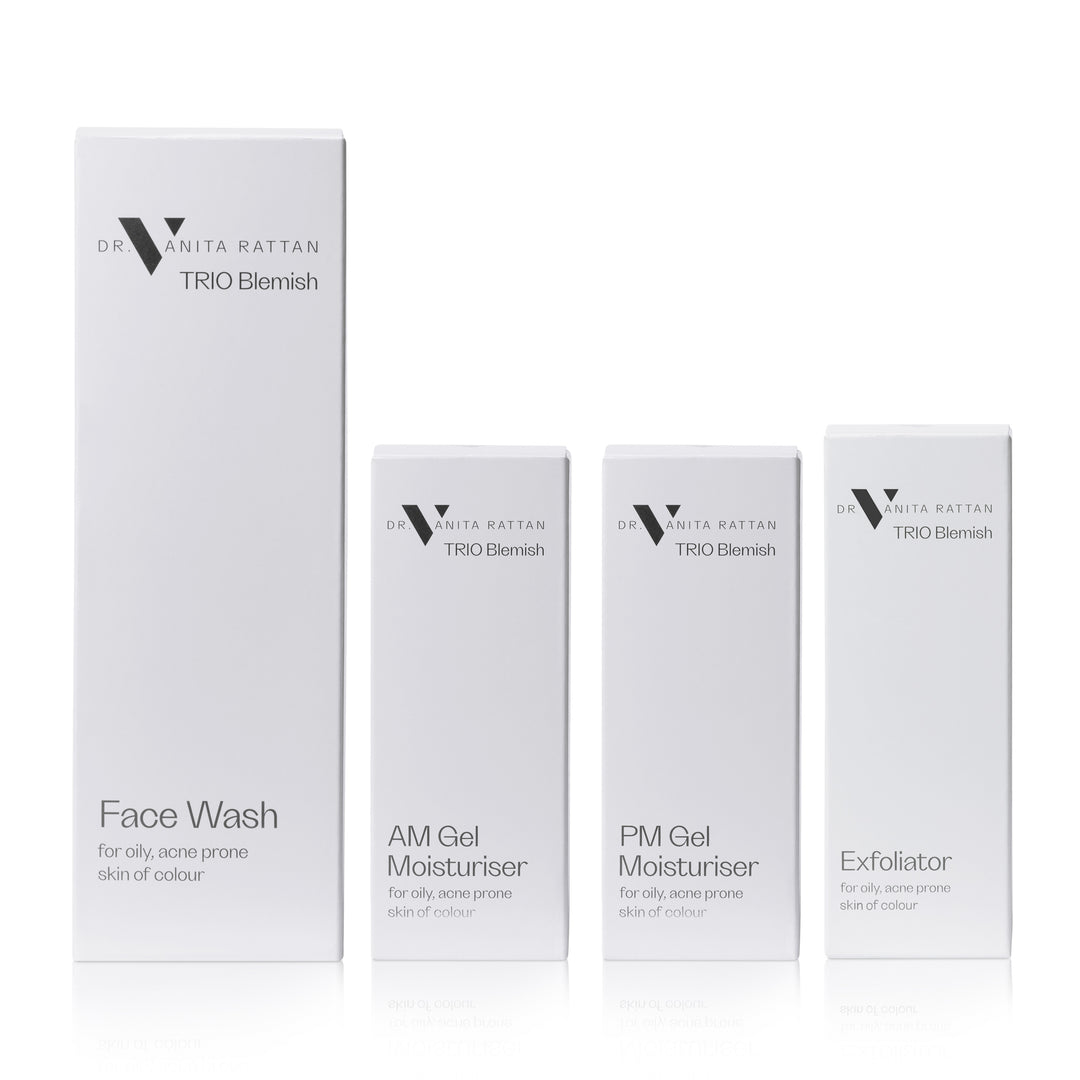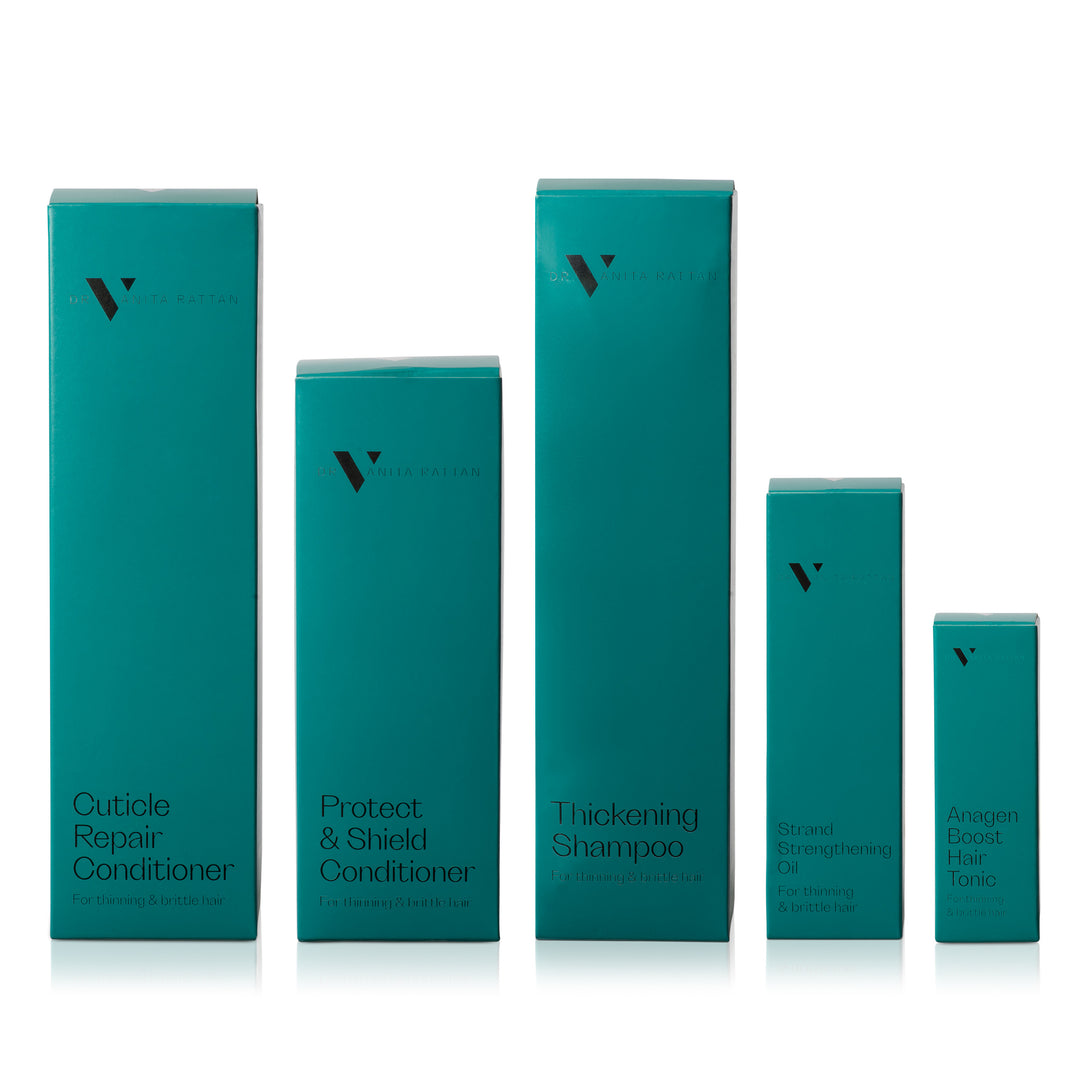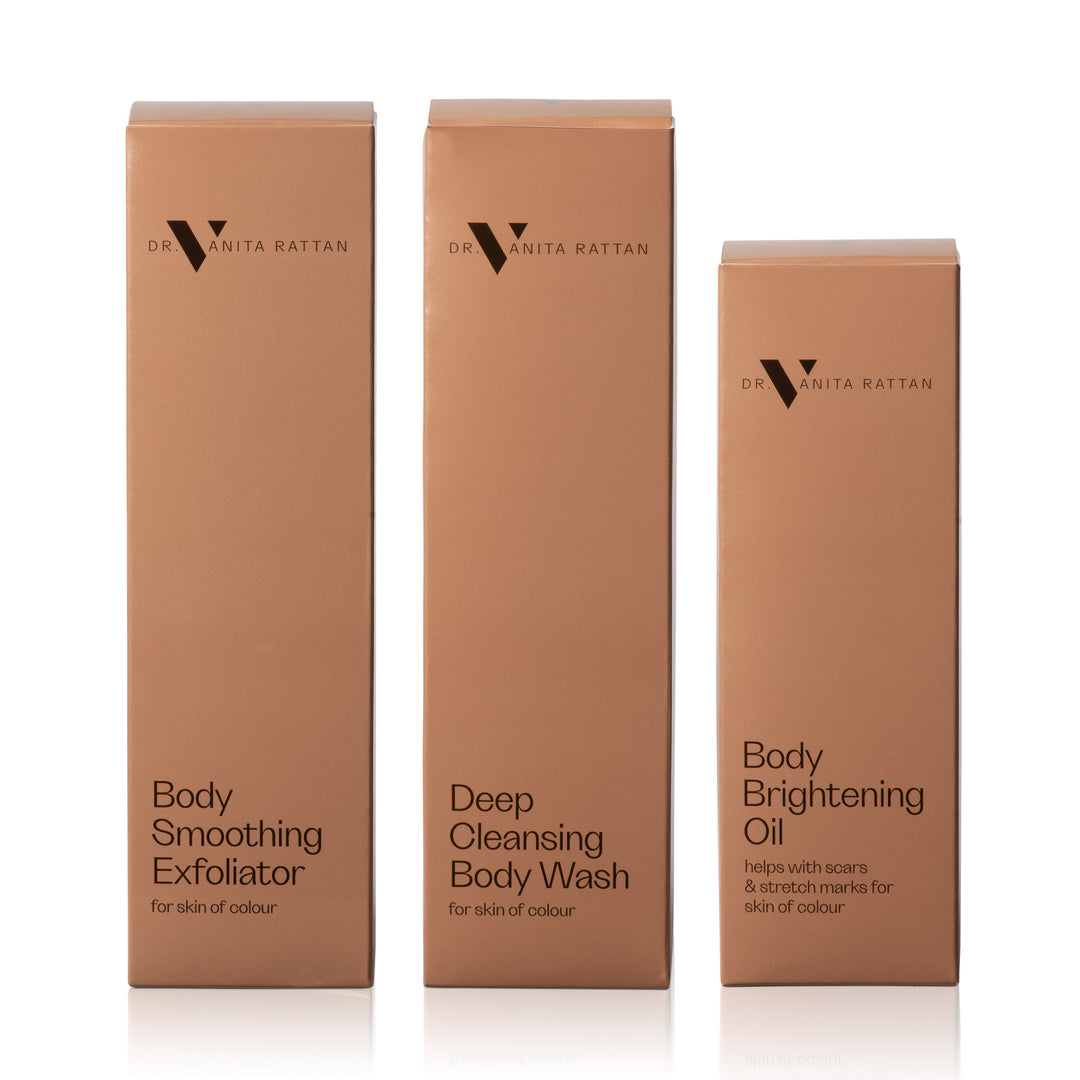How to Repair a Damaged Skin Barrier
In the world of superheroes, a shield is a vital part of their arsenal. It provides a defensive barrier against attacks, protecting them from harm. Similarly, our skin has its own superhero shield – the skin barrier. This protective layer is comprised of ceramides, lipids, cholesterol, and fatty acids. It also helps to keep irritating substances, allergens, and bacterial infections off our skin. As well as this, our skin barrier plays a key function in moisture retention, keeping hydration locked into the skin for a supple and youthful complexion.
How do you tell if your skin barrier is damaged?
You may notice that your skin feels dry, flaky, sensitive, inflamed, itchy or hot to touch. When you apply skincare products, you may also notice a stinging or burning sensation.
It’s not always the case that you have dry skin with a damaged skin barrier, your skin may appear more oily than usual, as your skin is trying to overcompensate. The sebaceous glands may go into overdrive to compensate for the moisture loss caused by the damaged barrier. This excess sebum production can make the skin appear oilier.
When the weather conditions change, our skin can change too. A damaged skin barrier is more likely in winter as central heating and cold winds continuously dry out and chap the skin. Over bathing in hot water, using high PH soaps and harsh physical scrubs can also damage the skin barrier, as it can strip away the natural lipid components, which leads to more water loss to the skin. Using too many skincare products is also a common culprit to a damaged skin barrier, as they can disrupt the skins natural PH and peel away the barrier, if the products you are using are over exfoliating.
How should you protect your skin barrier?
Prevention is key. Don’t use anything that is harsh on the skin such as alkali soaps that can strip the skin of its moisture, physical scrubs that can cause microtears, or skin sensitisers like essential oils as fragrance, the number one cause of contact dermatitis. Also, avoid any actives that can irritate the skin if you know you are prone to a damaged skin barrier.
The number one rule when repairing your skin barrier is to always wear a minimum of SPF50+ to protect your skin from natural aggressors, such as the sun’s harmful UV radiation. I would recommend InZincable SPF 50 with PA++++ rating, as it is an anti-inflammatory with no penetration of actives.
As we age, we have reduced ceramides in our skin which means we have less fat content and more trans-epidermal water loss, more dehydrated skin, and a weakened skin barrier. Incorporate more humectants into your skincare routine as you age, these are water magnets which lock in moisture and aid repair to the skin barrier. Our Cera Pep Moisturiser is a luxurious anti-aging, anti-pigmentation moisturiser for skin of colour, great for hydrating the skin. Our Antioxidant Power Serum will also mop up any free radicals which happen due to inflammation, that would otherwise cause premature ageing.
Finally, I would recommend simplifying your skincare routine- make sure there is no alcohol, essential oils, or irritants in your products. When you are washing your face, ensure you are using a hydrating gel wash cleanser rather than harsh soaps or over exfoliating. When you wash your face, use cool water to soothe the skin rather than hot water which will further dehydrate the skin.
How long does it take to repair a damaged skin barrier?
This depends on the severity of damage! Typically, it can take between 2-4 weeks for the skin to naturally repair its barrier function. In more severe cases, it will take longer. Consistently following a gentle skincare routine, avoiding irritants, and providing adequate hydration and nourishment to the skin can help expedite the healing process.
By Dr Vanita Rattan, Sept 2024


